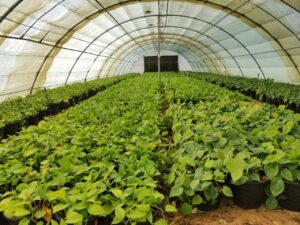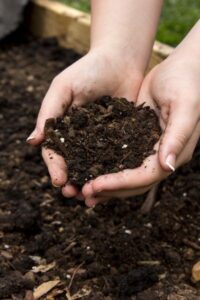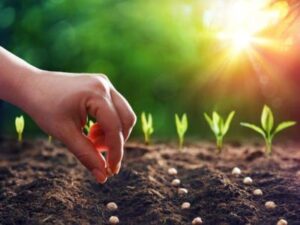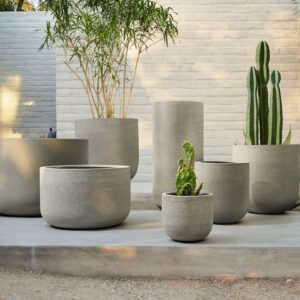Best Soil For Plants in Uae – Sweet Soil Leave a comment
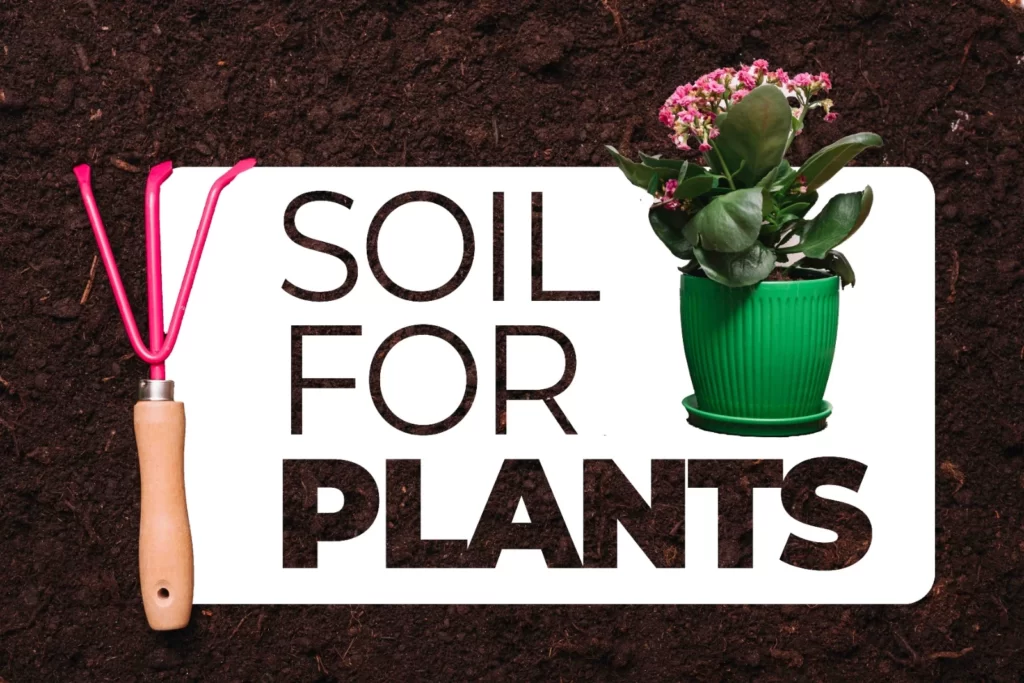

Introduction
As the silent nurturer in nature’s intricate web, soil for plants plays a key role in creating life on earth that thrives. The purpose of this introduction is to set the stage for the exploration of the profound relationship between soils and plants, a relationship that goes beyond mere physicality, delving into the symbiotic dance that sustains ecosystems and, by extension, life.
In order to sustain plant life, soil is a vital component of Earth’s ecosystem. There is a complex relationship between soil and plants, with nutrients, structure, and environmental factors playing a significant role. In this essay, the author explores the intricate relationship between soil and plants.
Types of Soil Plants
There are several types of soil, each with distinct characteristics that affect plant growth. The main soil types are:
Sandy Soil:
- Characteristics: Large particles, well-draining, low nutrient retention.
- Suitability: Good for plants
- that prefer dry conditions and excellent drainage.
Clay Soil:
- Characteristics: Small particles, retains water, can become compacted.
- Suitability: Suitable for plants that thrive in moist conditions, but may require amendments for better aeration.
Loamy Soil:
- Characteristics: Balanced mixture of sand, silt, and clay, well-draining, fertile.
- Suitability: Ideal for a wide range of plants due to its balanced texture and nutrient content.

